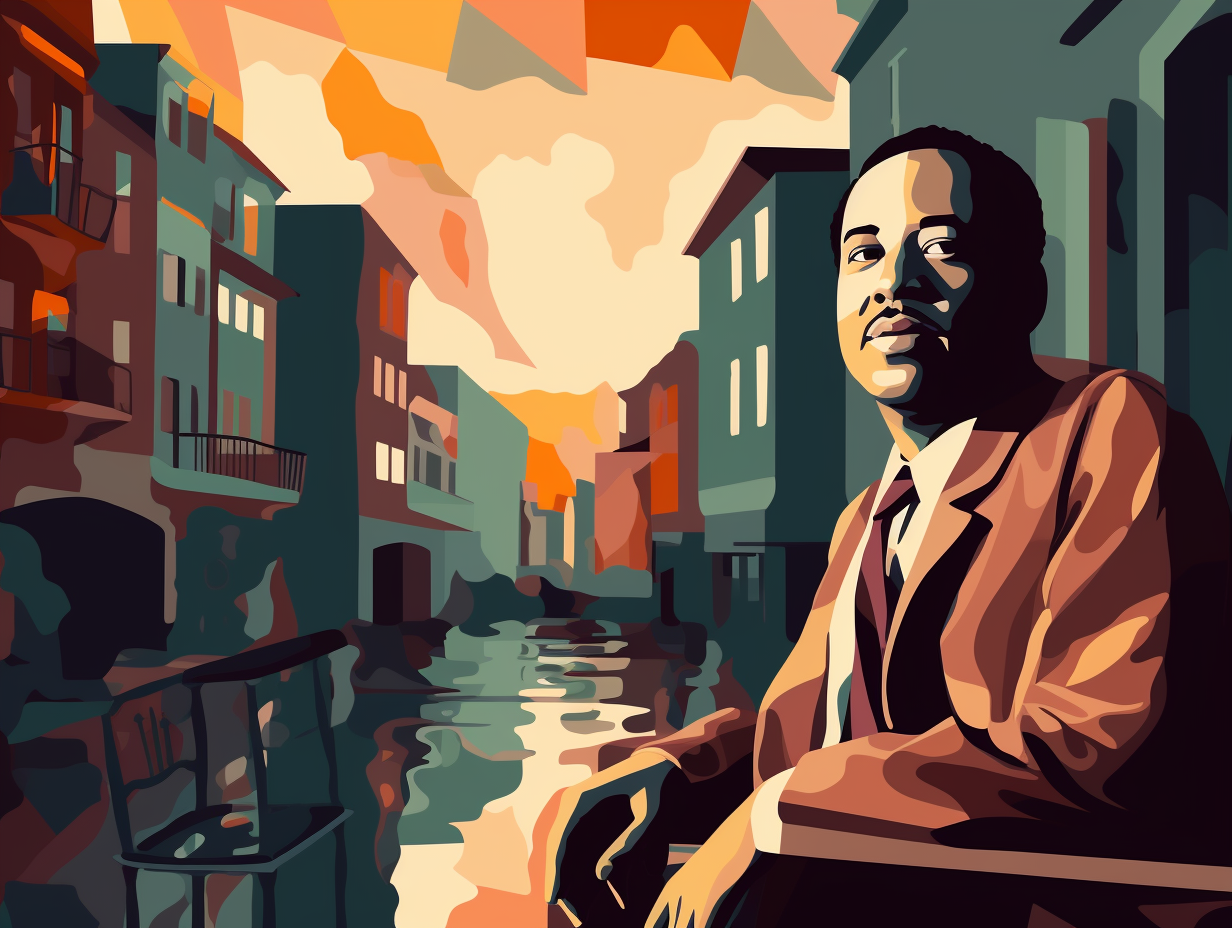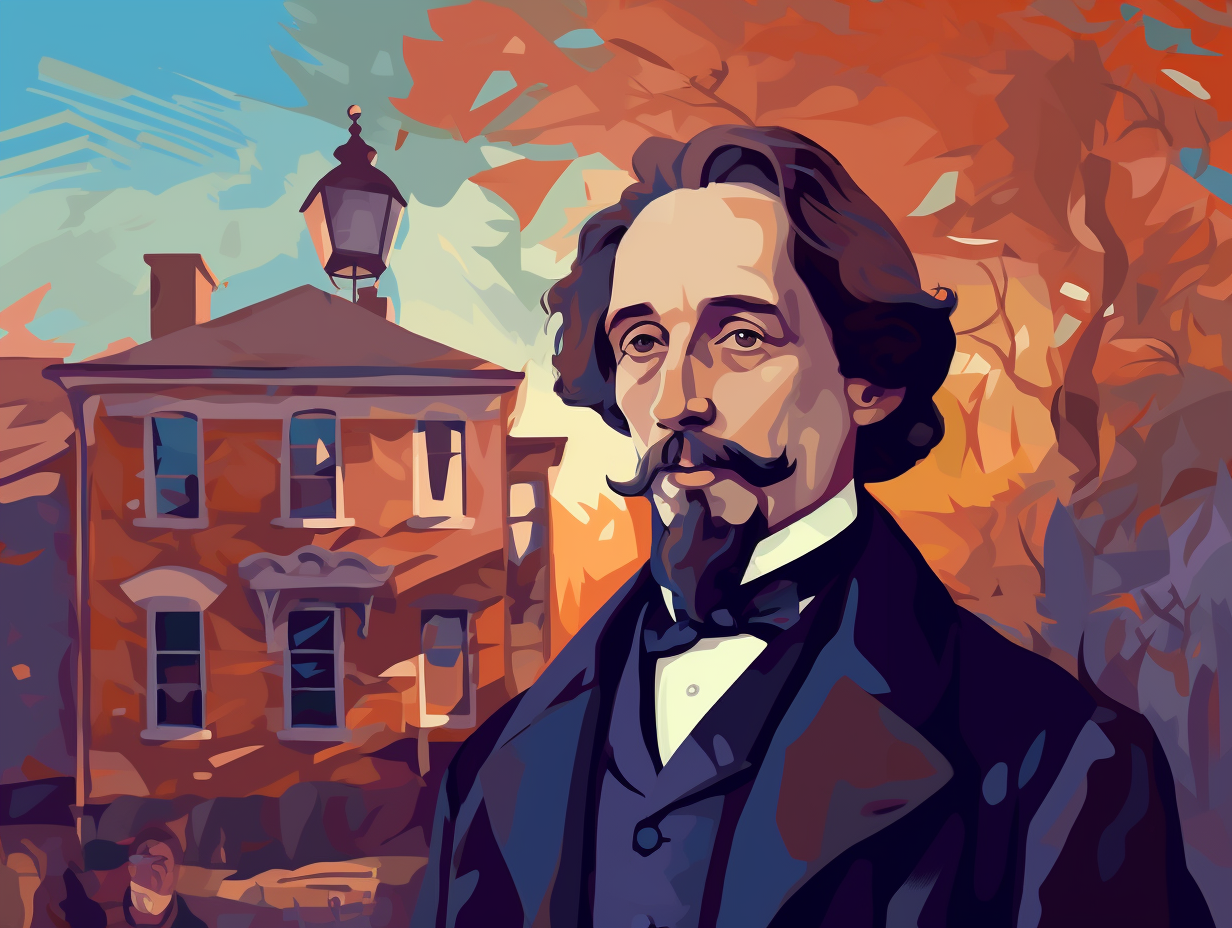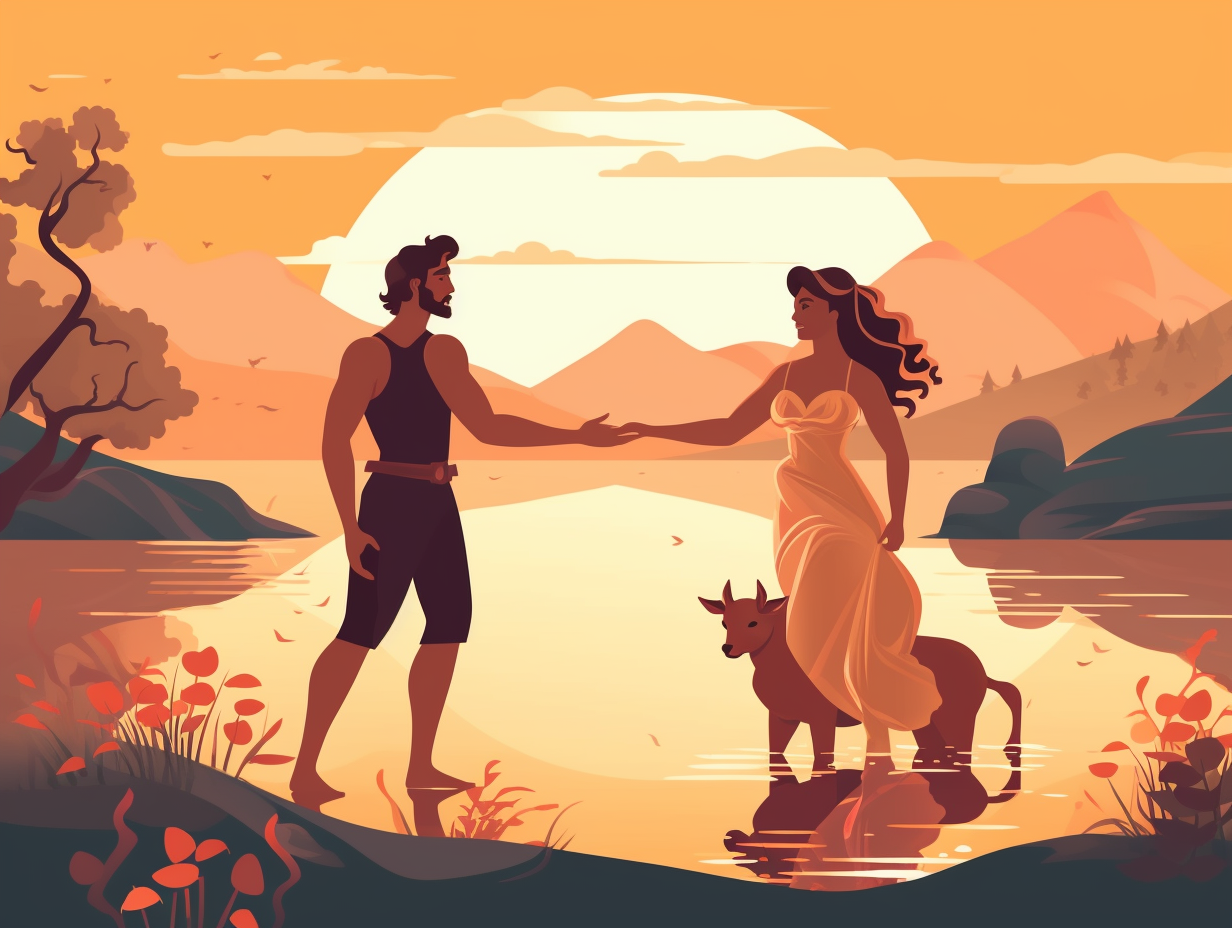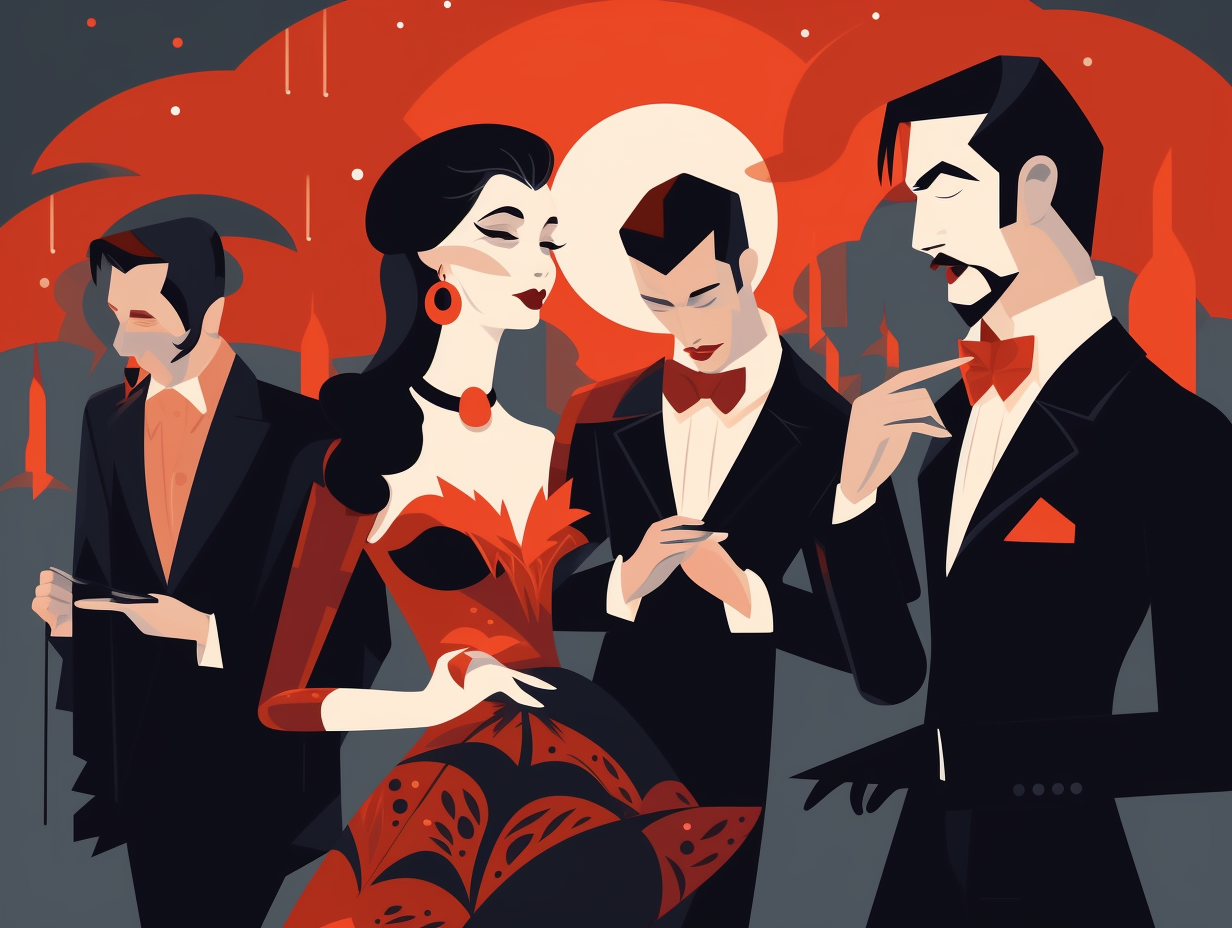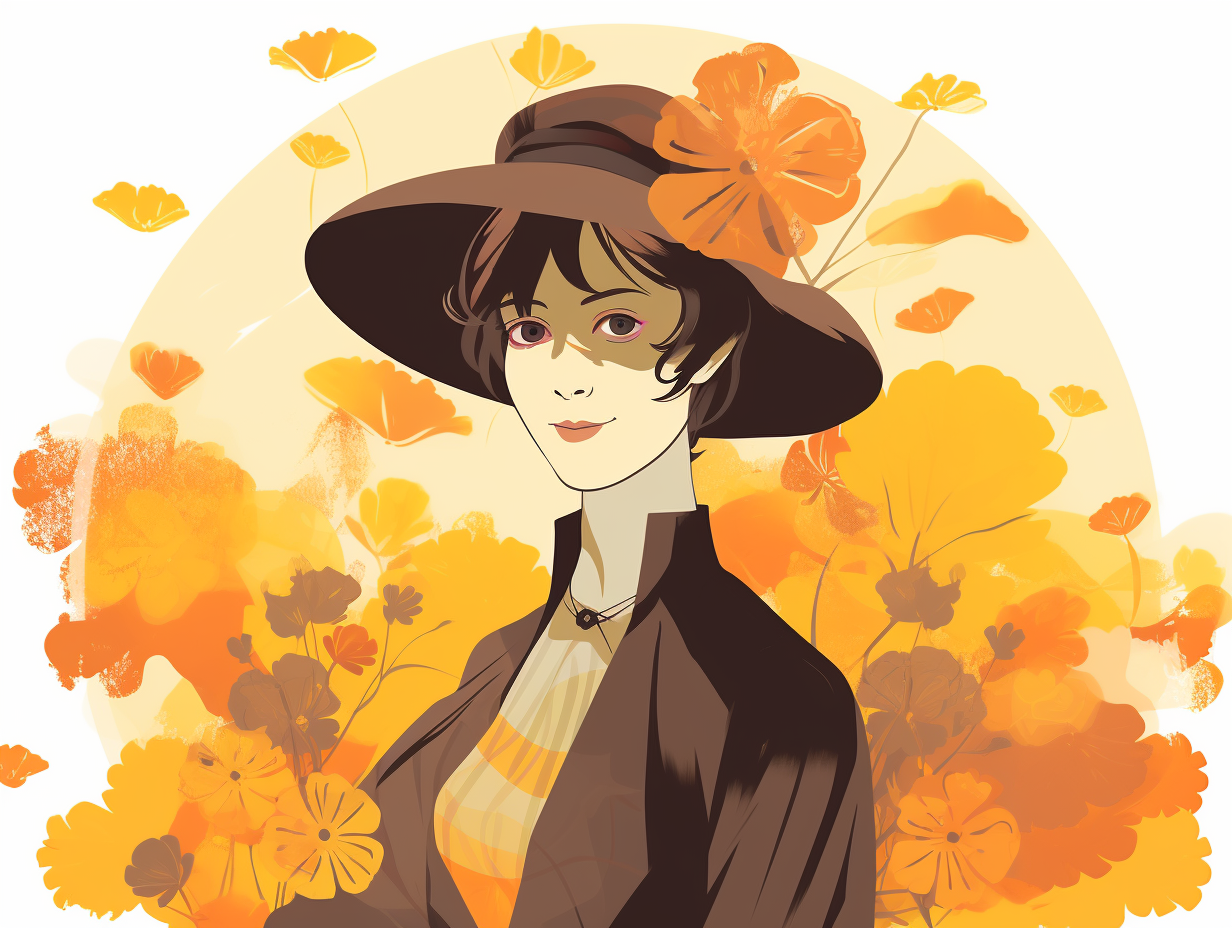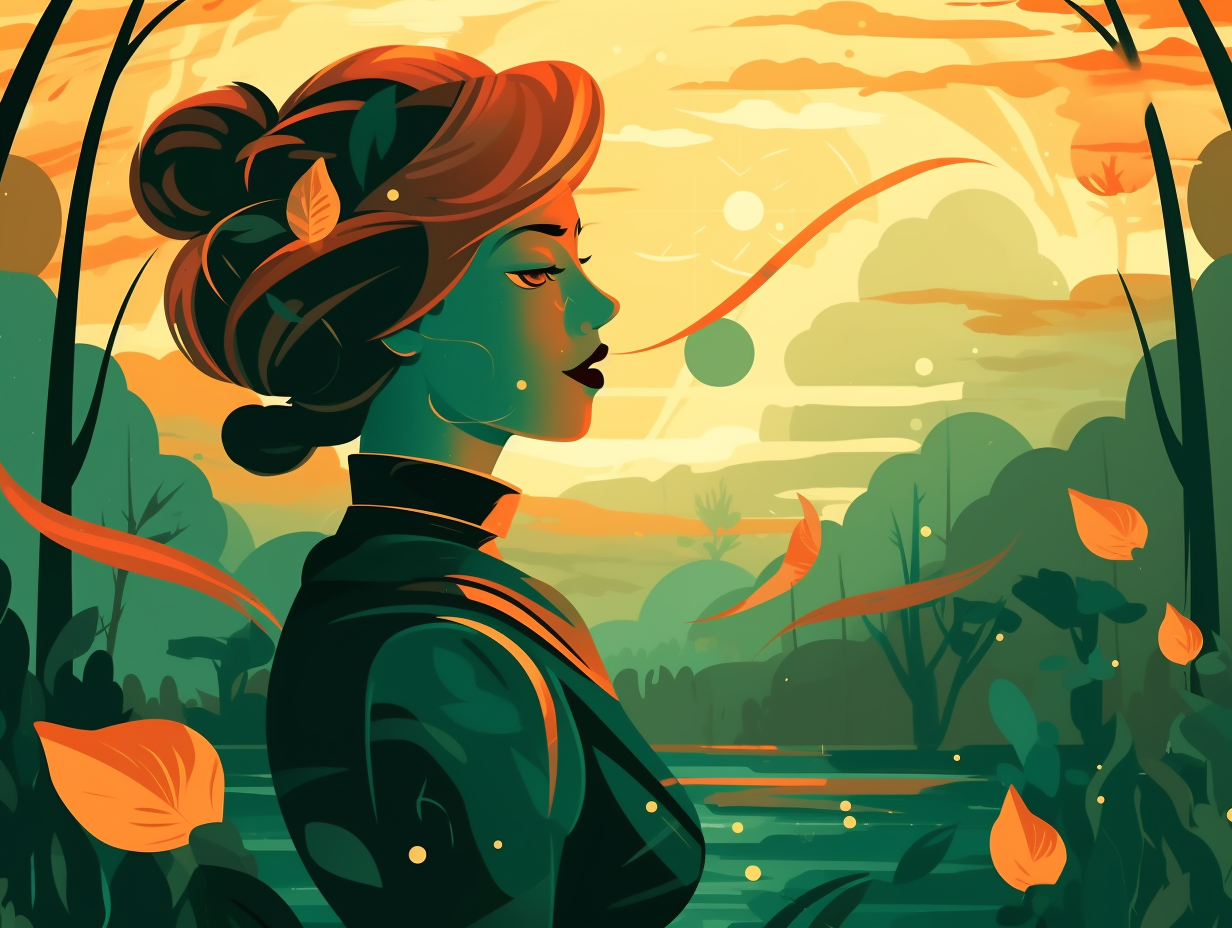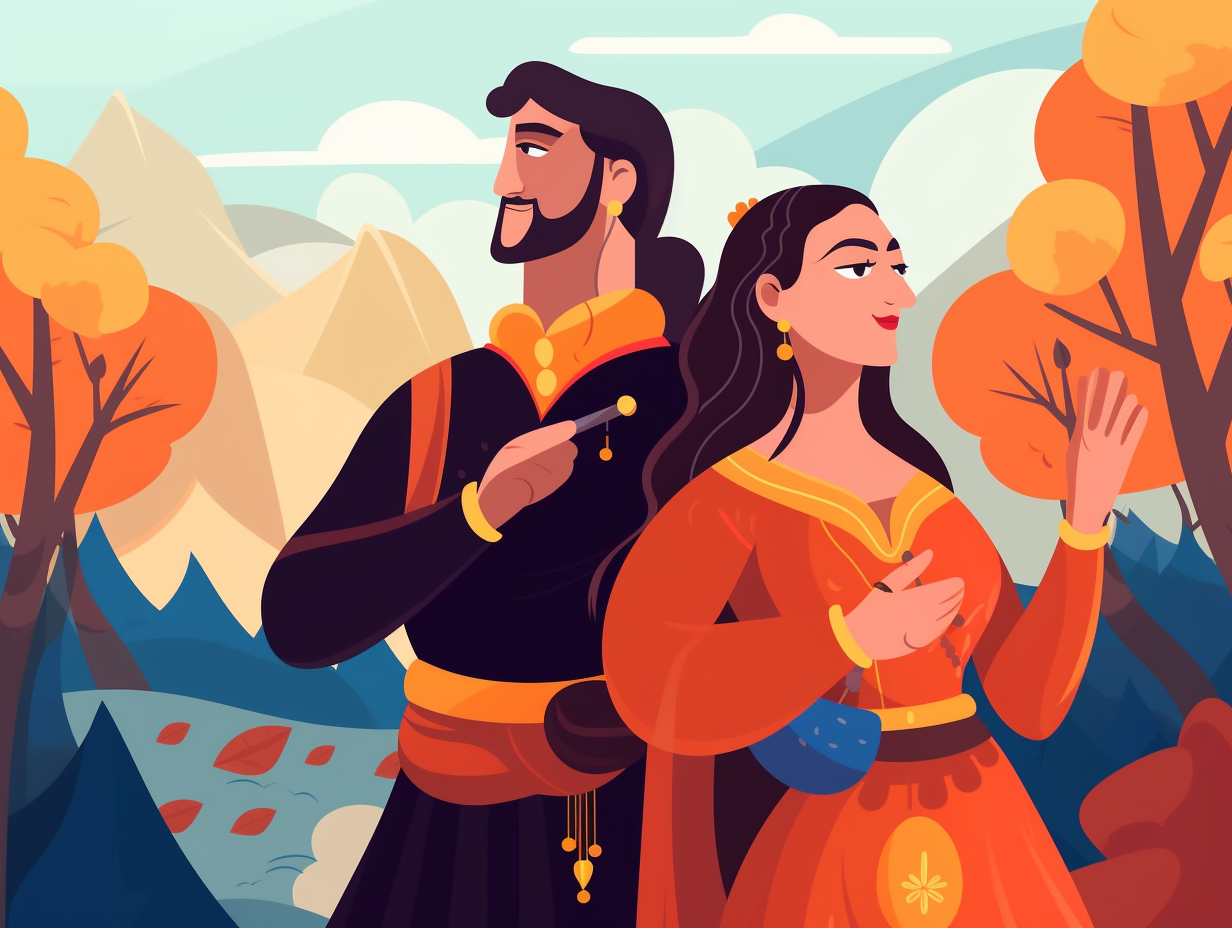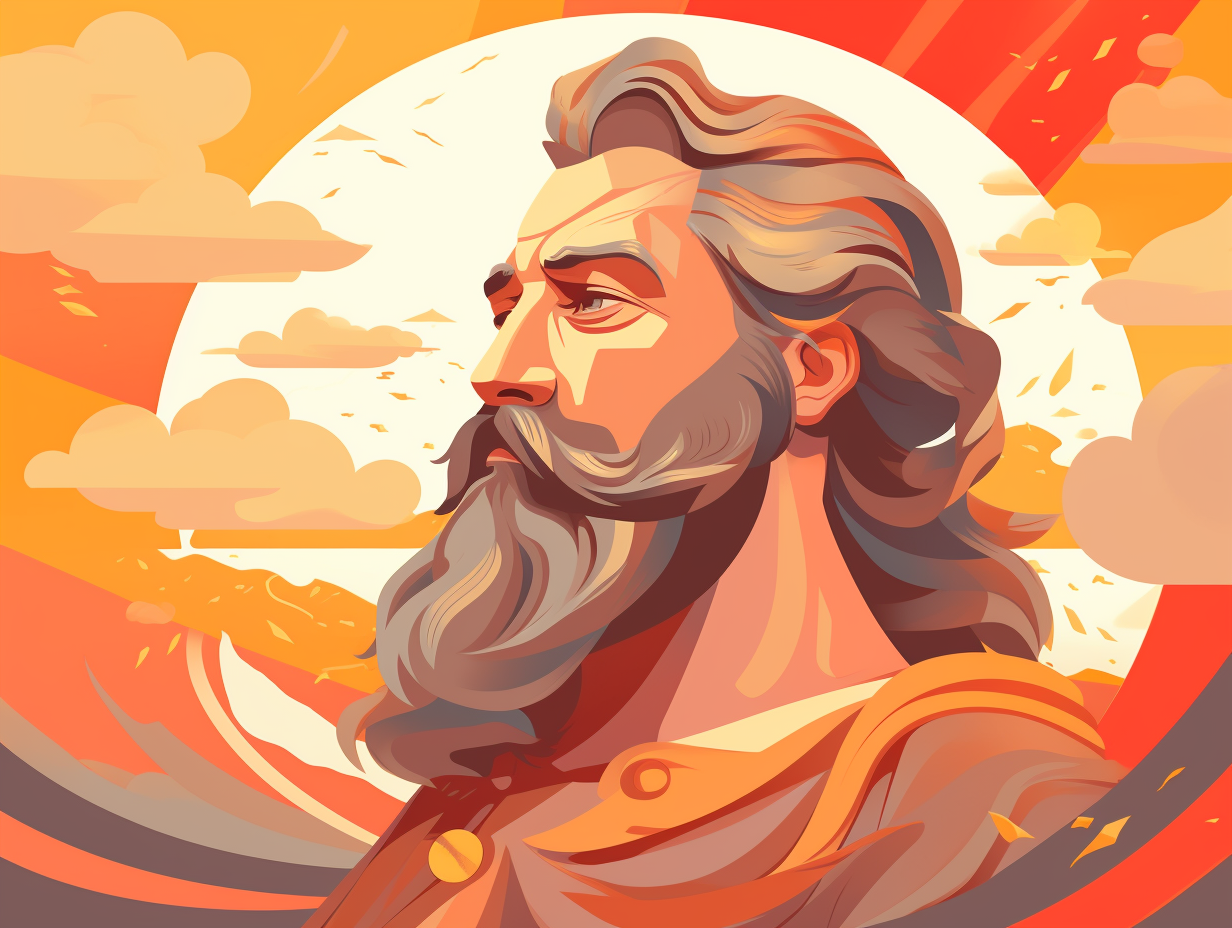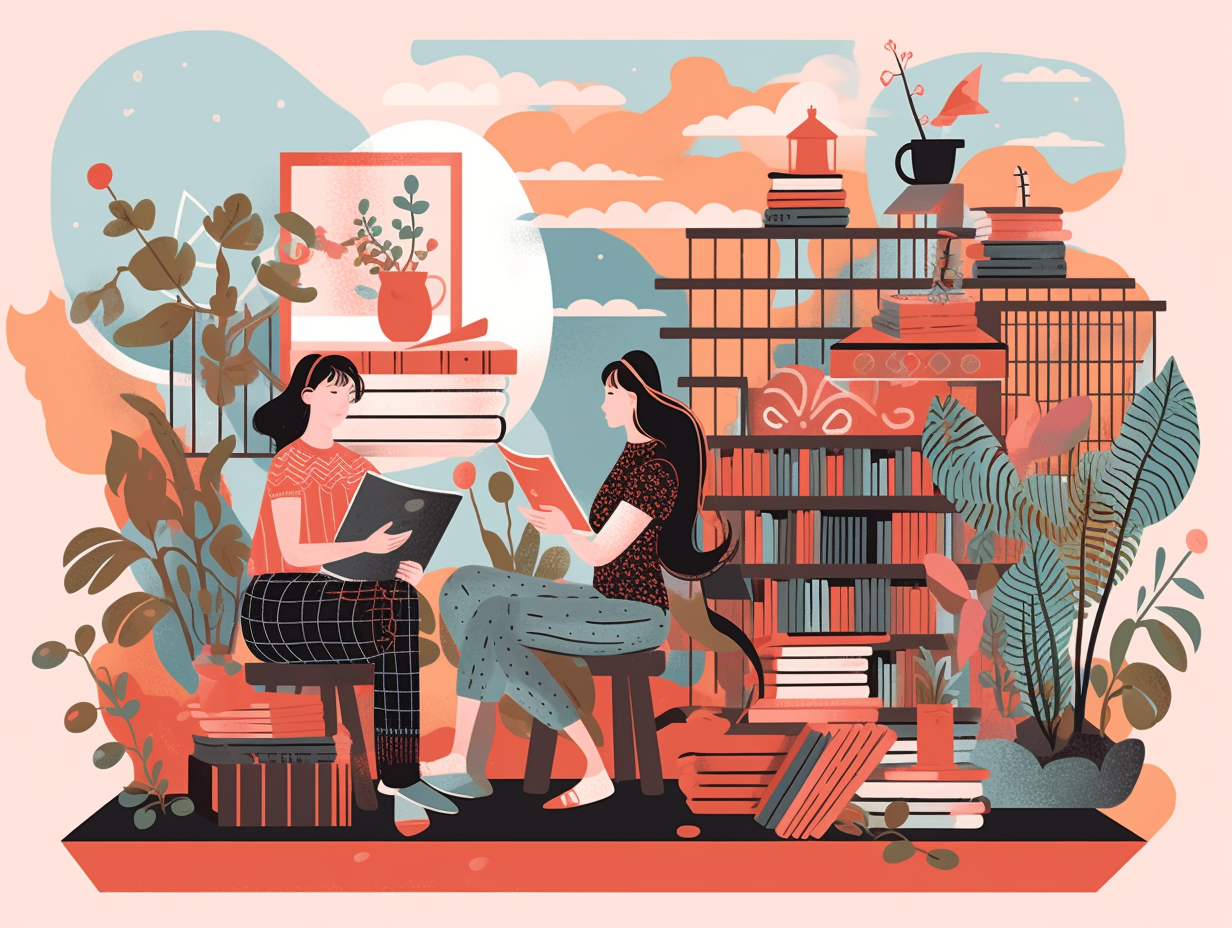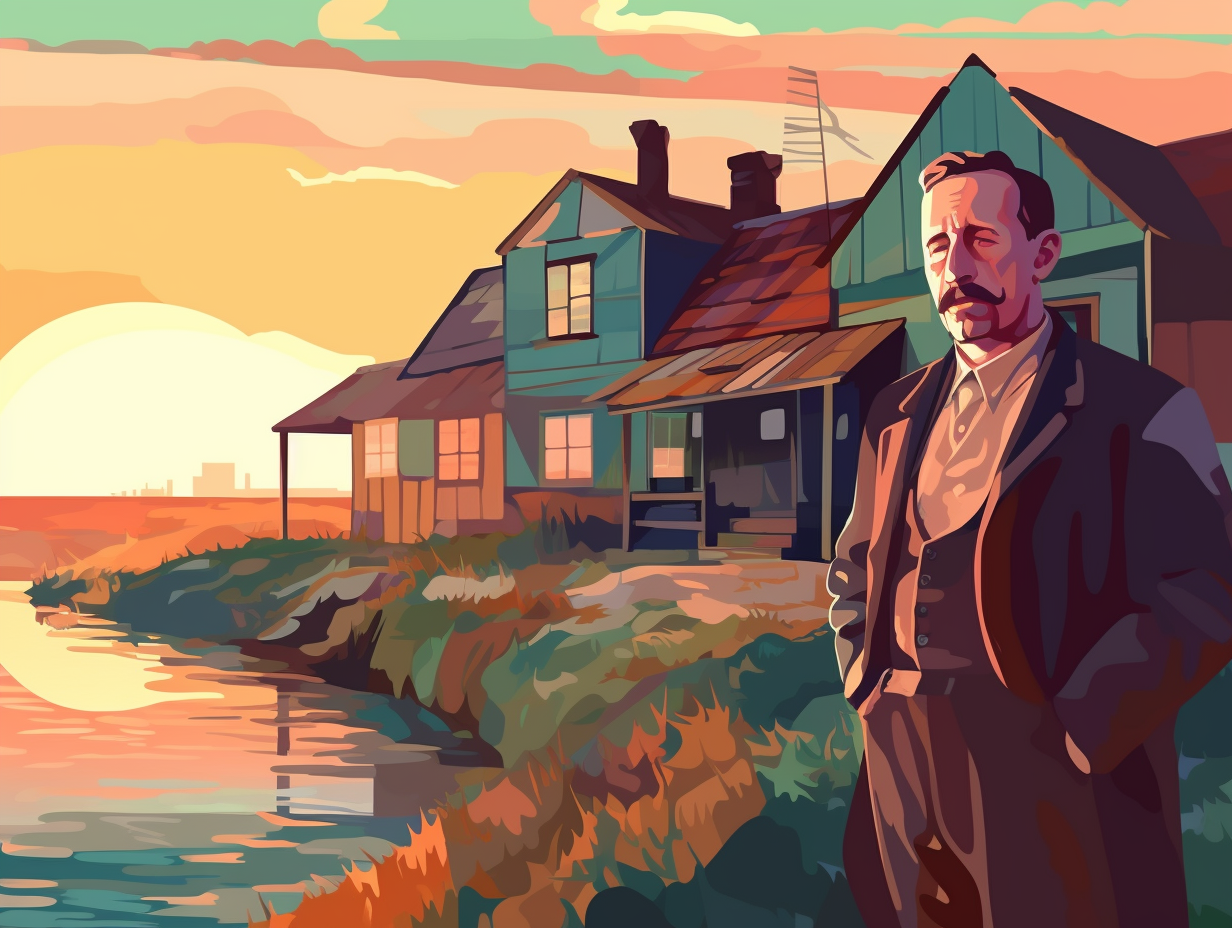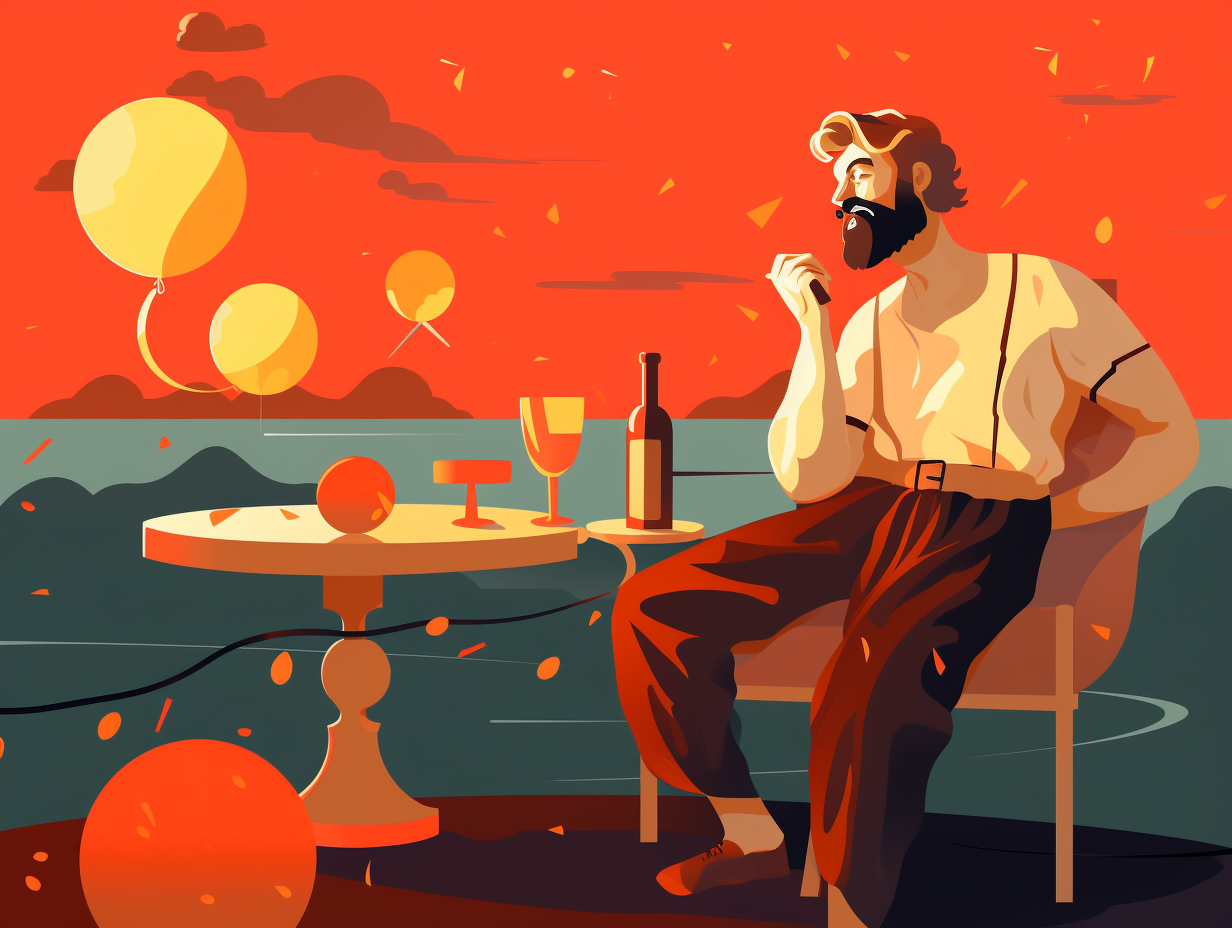Discover the Magic: 9 Surprising and Entertaining Fun Facts About Poetry You Never Knew

1. Binging on Stanzas
In the 90s, far before the age of Netflix, people had to amuse themselves by binging on stanzas instead of series: enter National Poetry Month! Established in 1996 by the Academy of American Poets, this annual April celebration aims to elevate and appreciate the art of verse, with readings, workshops, and a plethora of educational resources. Oh, and let's not forget the annual poetry party favor—150,000 free commemorative posters gracing schools, libraries, and community centers nationwide.
Source => en.wikipedia.org
2. Haiku Minimalism
Haiku poets are like the minimalist interior decorators of the literary world – their secret to success lies in brevity, the less syllables, the better: Contrary to popular belief, it's recommended that English haikus should contain between 10 to 14 syllables instead of the traditional 5-7-5 to properly emulate the sound and rhythm of Japanese haikus, all the while focusing on nature, seasons and avoiding metaphor, simile, and exposition.
Source => studiobinder.com
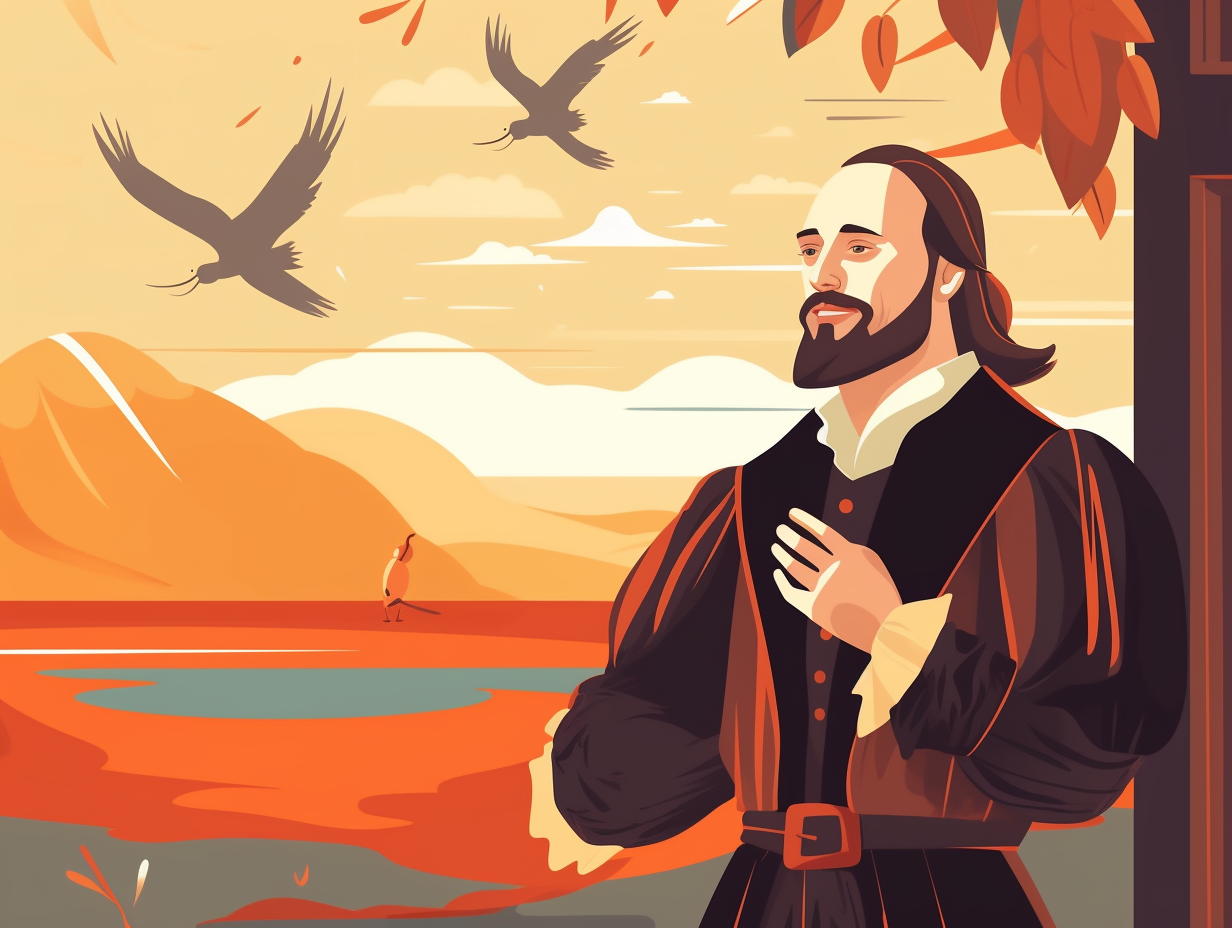
Did you know about the elusive tale of Shakespeare's alleged deer poaching escapades? Uncover the truth behind this bardly mystery and the journey that transformed him into a renowned playwright! 🦌🎭
=> Fun Facts about Shakespeare
3. Welsh Roller Coaster Poetry
Welsh poetry is like a linguistic roller coaster, looping around with alliterations, nose-diving into rhymes, and making your brain spin with stress-inducing complexities: Enter the cynghanedd, the ancient formula used in forms like awdl and cerdd dafod, that even enticed English poets like Gerard Manley Hopkins and Dylan Thomas to take it for a thrilling ride.
Source => en.wikipedia.org
4. Rule-Breaking Poetic License
Whoever said rules are meant to be broken must have been a poet in their past life: Poetic license grants poets, novelists, and other artists the right to bend reality, grammar, and even facts to create more captivating and enjoyable works of art.
Source => vocabulary.com
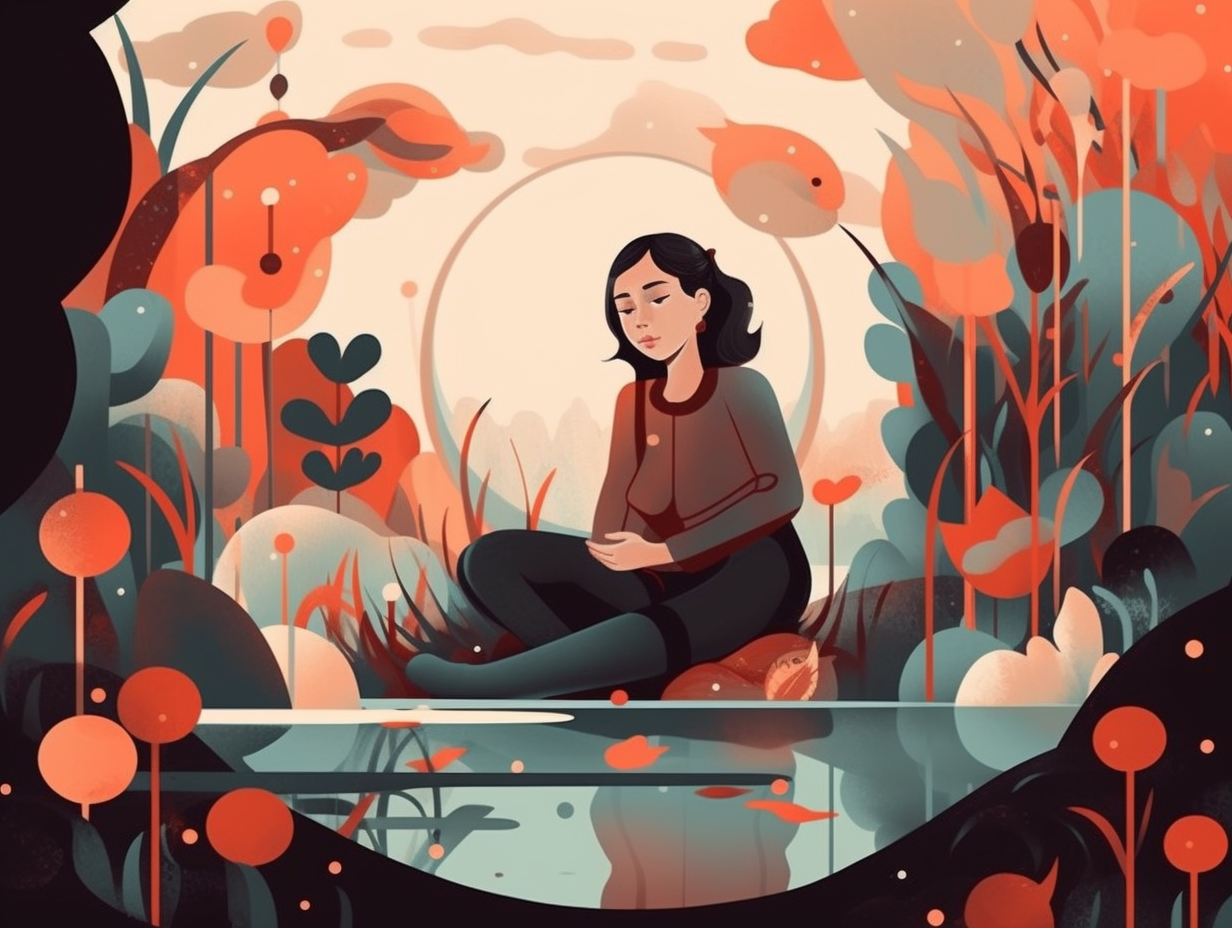
5. Dickinson's Poetic Web
If Emily Dickinson were a spider, her web would be made of strings binding together stacks of handcrafted poetry: She meticulously crafted over 40 booklets called "fascicles," containing more than 800 of her poems, by folding sheets of paper, stacking them, and binding them with string through two punctured holes – a true poet threader.
Source => emilydickinsonmuseum.org
6. Oral Poetry's Form-shaping Content
A literary plot twist worthy of M. Night Shyamalan: oral poetry's content actually shapes its form, debunking the myth that epics like Homer's "Iliad" and "Odyssey" are just a mixtape of older folk poems. Instead, through analyzing historical linguistics, researchers uncovered that these time-honored epics truly come to life in the impromptu art of oral performance and innovation.
Source => chs.harvard.edu
7. Origins of St. Valentine
While St. Valentine may have been the OG "Cupid's wingman," Geoffrey Chaucer's love poem gets more credit than it deserves when it comes to making the saint the matchmaker we know and love today: Chaucer's Parliament of Fowls is just one of many medieval works that link Saint Valentine with courtly love, reflecting a prevalent theme in literature of the time period, rather than directly influencing the saint's romantic role.
Source => theconversation.com
8. Fibonacci's Dance with Poetry
Not your grandma's knitting pattern: The Fibonacci sequence, a celeb among the mathematical world, was salsa dancing with 12th-century Sanskrit poetry way before your modern Fib(onacci) poem crashed the party. This iconic number series, courtesy of Leo-nardo Pisano, pops up throughout poetic history, proving that math and verse can make beautiful rhyme together.
Source => techtarget.com
9. Mahabharata: The Ultra-Marathon Poem
If Homer's "Iliad" was a 5k fun run, the Mahabharata would be an ultra-marathon that puts mere mortals to shame: This ancient Hindu epic poem boasts over 200,000 verse lines and 1.8 million words, taking an estimated 600 years to write and dating back as far as 400 BCE. The poetic saga narrates the intense strife between the Pandavas and the Kauravas, with unforgettable tales of adventure and timeless lessons about friendship, morality, and equality thrown into the mix.
Source => royalarmouries.org
Related Fun Facts


